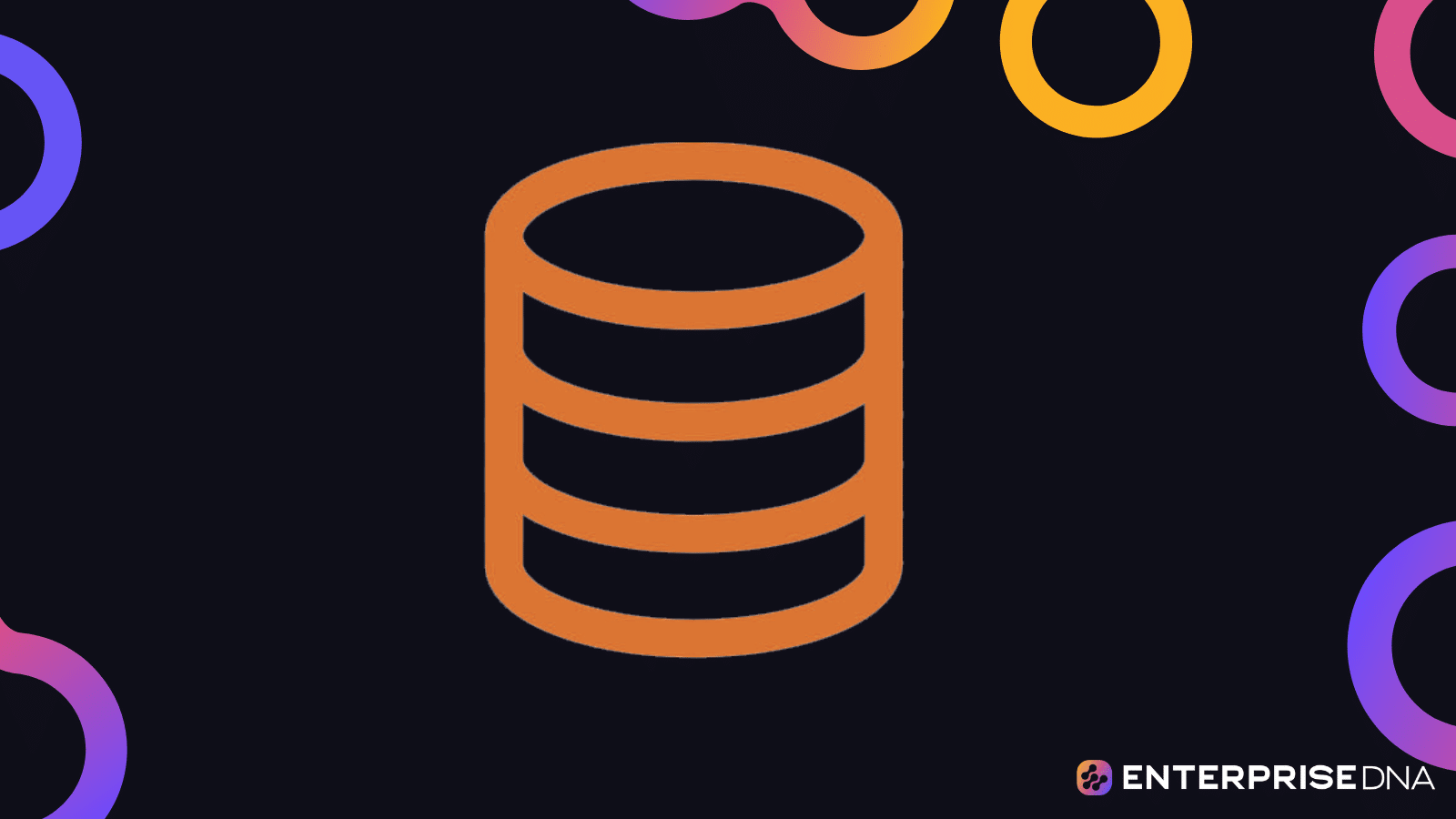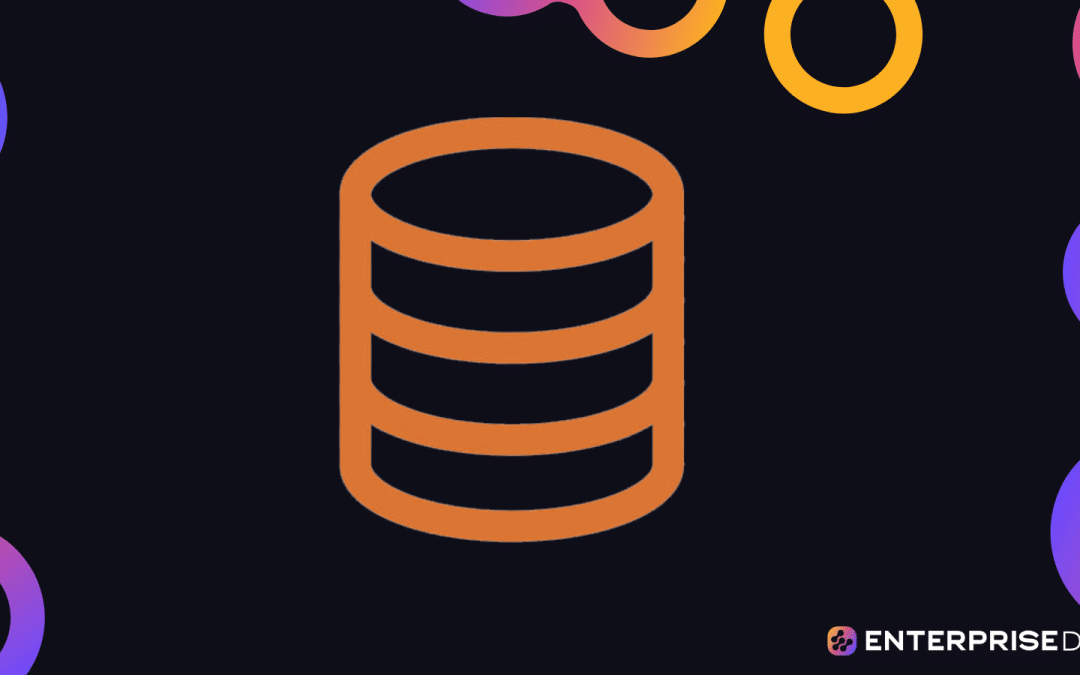Introduction to Sorting and Filtering
Sorting and filtering are fundamental operations used for managing and manipulating data sets. Sorting organizes data in a particular sequence, whereas filtering allows the user to extract specific data subsets based on certain criteria.
Sorting
Sorting can be done using various algorithms. Here we illustrate the implementation of the Bubble Sort algorithm in pseudocode:
Bubble Sort
Bubble Sort repeatedly steps through the list, compares adjacent elements, and swaps them if they are in the wrong order. The process continues until the list is sorted.
Pseudocode for Bubble Sort:
function bubbleSort(array):
n = length(array)
for i from 0 to n-1:
for j from 0 to n-i-1:
if array[j] > array[j+1]:
// Swap the elements
temp = array[j]
array[j] = array[j+1]
array[j+1] = temp
return array
Example
Let’s sort the array [64, 34, 25, 12, 22, 11, 90] using Bubble Sort.
Iteration 1:
- Compare 64 and 34: Swap them ->
[34, 64, 25, 12, 22, 11, 90] - Compare 64 and 25: Swap them ->
[34, 25, 64, 12, 22, 11, 90] - Compare 64 and 12: Swap them ->
[34, 25, 12, 64, 22, 11, 90] - Compare 64 and 22: Swap them ->
[34, 25, 12, 22, 64, 11, 90] - Compare 64 and 11: Swap them ->
[34, 25, 12, 22, 11, 64, 90] - Compare 64 and 90: No swap needed
Continue the iterations until the array is sorted.
Filtering
Filtering extracts elements from an array based on a condition. Below, we demonstrate how a filtering mechanism can be implemented.
Filtering Method
One way to implement filtering is by using a loop to check each element against the filtering criteria and collect the elements that match the criteria.
Pseudocode for Filtering:
function filter(array, condition):
filteredArray = []
for element in array:
if condition(element):
append(filteredArray, element)
return filteredArray
Example
Let’s filter out all even numbers from the array [1, 2, 3, 4, 5, 6].
condition = function(element):
return element % 2 == 0
filteredArray = filter([1, 2, 3, 4, 5, 6], condition)
// filteredArray should be [2, 4, 6]
Conclusion
The above pseudocode illustrates the basic principles of sorting and filtering data which are essential for data manipulation tasks. Bubble Sort provides a simple, if somewhat inefficient, sort method, while the filter method shows the flexibility of extracting data subsets based on specific conditions. Implementing these concepts in any programming language will enable efficient data handling.
Basic Sorting Methods and Algorithms
1. Bubble Sort
Bubble Sort is a simple comparison-based sorting algorithm. It repeatedly steps through the list, compares adjacent elements, and swaps them if they are in the wrong order. The pass through the list is repeated until the list is sorted.
Pseudocode:
procedure bubbleSort(A: list of sortable items)
n = length(A)
repeat
swapped = false
for i = 1 to n-1 inclusive do
if A[i-1] > A[i] then
swap(A[i-1], A[i])
swapped = true
end if
end for
until not swapped
end procedure
2. Selection Sort
Selection Sort divides the input list into two parts: the sublist of items already sorted and the sublist of items remaining to be sorted. It repeatedly selects the smallest (or largest) element from the unsorted sublist, swaps it with the leftmost unsorted element, and moves the sublist boundary one element to the right.
Pseudocode:
procedure selectionSort(A: list of sortable items)
n = length(A)
for i = 0 to n-1 inclusive do
minIndex = i
for j = i+1 to n-1 inclusive do
if A[j] < A[minIndex] then
minIndex = j
end if
end for
if minIndex != i then
swap(A[i], A[minIndex])
end if
end for
end procedure
3. Insertion Sort
Insertion Sort builds the final sorted list one item at a time. It is much less efficient on large lists than more advanced algorithms such as quicksort, heapsort, or merge sort. It works by taking an element from the unsorted sublist and finding its position in the sorted sublist and inserting it there.
Pseudocode:
procedure insertionSort(A: list of sortable items)
n = length(A)
for i = 1 to n-1 inclusive do
key = A[i]
j = i - 1
while j >= 0 and A[j] > key do
A[j+1] = A[j]
j = j - 1
end while
A[j+1] = key
end for
end procedure
4. Merge Sort
Merge Sort is an efficient, stable, comparison-based, divide and conquer sorting algorithm. Most implementations produce a stable sort, meaning that the order of equal elements is not changed. Merge Sort recursively divides the unsorted list into n sublists, each containing one element, and repeatedly merges sublists to produce new sorted sublists until there is only one sublist remaining.
Pseudocode:
procedure mergeSort(A: list of sortable items)
if length(A) > 1
mid = length(A) / 2
leftHalf = first half of A
rightHalf = second half of A
mergeSort(leftHalf)
mergeSort(rightHalf)
i = 0 // for leftHalf
j = 0 // for rightHalf
k = 0 // for A
while i < length(leftHalf) and j < length(rightHalf) do
if leftHalf[i] < rightHalf[j] then
A[k] = leftHalf[i]
i = i + 1
else
A[k] = rightHalf[j]
j = j + 1
end if
k = k + 1
end while
while i < length(leftHalf) do
A[k] = leftHalf[i]
i = i + 1
k = k + 1
end while
while j < length(rightHalf) do
A[k] = rightHalf[j]
j = j + 1
k = k + 1
end while
end if
end procedure
5. Quick Sort
Quick Sort is an efficient, divide-and-conquer, comparison-based sorting algorithm. It works by selecting a ‘pivot’ element from the array and partitioning the other elements into two sub-arrays, according to whether they are less than or greater than the pivot. The sub-arrays are then sorted recursively.
Pseudocode:
procedure quickSort(A: list of sortable items, low, high)
if low < high
pi = partition(A, low, high)
quickSort(A, low, pi - 1)
quickSort(A, pi + 1, high)
end if
end procedure
procedure partition(A: list of sortable items, low, high)
pivot = A[high]
i = (low - 1)
for j = low to high - 1 inclusive do
if A[j] < pivot then
i = i + 1
swap(A[i], A[j])
end if
end for
swap(A[i + 1], A[high])
return (i + 1)
end procedure
Advanced Sorting Techniques and Optimization
Introduction
This section covers advanced sorting techniques and optimization strategies to enhance sorting and filtering in data processing. These techniques handle large datasets efficiently, ensuring performance both in terms of speed and resource use.
Advanced Sorting Algorithms
1. Quick Sort
function quickSort(arr, low, high):
if low < high:
pi = partition(arr, low, high)
quickSort(arr, low, pi - 1)
quickSort(arr, pi + 1, high)
function partition(arr, low, high):
pivot = arr[high]
i = low - 1
for j = low to high - 1:
if arr[j] < pivot:
i = i + 1
swap arr[i] with arr[j]
swap arr[i + 1] with arr[high]
return i + 1
2. Merge Sort
function mergeSort(arr):
if length of arr > 1:
mid = length of arr / 2
leftHalf = arr[0:mid]
rightHalf = arr[mid:length of arr]
mergeSort(leftHalf)
mergeSort(rightHalf)
i = 0; j = 0; k = 0
while i < length of leftHalf and j < length of rightHalf:
if leftHalf[i] < rightHalf[j]:
arr[k] = leftHalf[i]
i = i + 1
else:
arr[k] = rightHalf[j]
j = j + 1
k = k + 1
while i < length of leftHalf:
arr[k] = leftHalf[i]
i = i + 1
k = k + 1
while j < length of rightHalf:
arr[k] = rightHalf[j]
j = j + 1
k = k + 1
3. Heap Sort
function heapSort(arr):
n = length of arr
for i = n / 2 - 1 to 0 step -1:
heapify(arr, n, i)
for i = n - 1 to 0 step -1:
swap arr[0] with arr[i]
heapify(arr, i, 0)
function heapify(arr, n, i):
largest = i
left = 2 * i + 1
right = 2 * i + 2
if left < n and arr[left] > arr[largest]:
largest = left
if right < n and arr[right] > arr[largest]:
largest = right
if largest != i:
swap arr[i] with arr[largest]
heapify(arr, n, largest)
Optimization Strategies
1. Cache Optimization
Ensure that the data structure you use is cache-efficient, so that when the CPU fetches data it gets cache lines filled effectively. Quick Sort, for instance, offers good cache performance due to its locality of reference.
2. Parallel Processing
Divide the data, sort partitions concurrently using multi-threading or distributed computing:
function parallelQuickSort(arr, low, high):
if low < high:
pi = partition(arr, low, high)
parallel {
parallelQuickSort(arr, low, pi - 1)
parallelQuickSort(arr, pi + 1, high)
}
3. In-Place Sorting
Whenever possible, prefer in-place sorting to limit memory usage. Quick Sort and Heap Sort are good examples of in-place sorting algorithms.
4. Adaptive Sorting (Tim Sort)
Combines multiple sorting techniques to switch gears based on real-time data structure analysis for optimal performance:
function timSort(arr):
RUN = 32
for i = 0 to length of arr in steps of RUN:
insertionSort(arr, i, min((i + 31), (length of arr - 1)))
size = RUN
while size < length of arr:
for left = 0 to length of arr in steps of 2 * size:
mid = min((left + size - 1), (length of arr - 1))
right = min((left + 2 * size - 1), (length of arr - 1))
merge(arr, left, mid, right)
size = 2 * size
function insertionSort(arr, left, right):
for i = left + 1 to right + 1:
key = arr[i]
j = i - 1
while j >= left and arr[j] > key:
arr[j + 1] = arr[j]
j = j - 1
arr[j + 1] = key
function merge(arr, l, m, r):
len1 = m - l + 1
len2 = r - m
left = arr[l:m+1]
right = arr[m+1:r+1]
i = 0
j = 0
k = l
while i < len1 and j < len2:
if left[i] <= right[j]:
arr[k] = left[i]
i = i + 1
else:
arr[k] = right[j]
j = j + 1
k = k + 1
while i < len1:
arr[k] = left[i]
k = k + 1
i = i + 1
while j < len2:
arr[k] = right[j]
k = k + 1
j = j + 1
By employing these advanced sorting techniques and optimization strategies, you can efficiently manage and process large datasets in real-life applications.
Fundamentals of Data Filtering
Definition of Data Filtering
Data filtering is the process of selecting a subset of data from a larger dataset based on specific criteria. It ensures that the resultant data is more relevant and easier to analyze.
Core Concepts
- Filter Criteria: Conditions or expressions that specify which data to include or exclude.
- Logical Operators: Operators like
AND,OR, andNOTthat enable complex filtering conditions. - Comparison Operators: Operators such as
=,!=,<,>,<=,>=used for numerical and textual comparisons.
Filtering Methods
1. Simple Condition Filtering
You apply a single condition to filter data.
Pseudocode Example:
filtered_data = []
for record in dataset:
if record.attribute == value:
filtered_data.append(record)
2. Compound Condition Filtering
You apply multiple conditions using logical operators.
Pseudocode Example:
filtered_data = []
for record in dataset:
if (record.attribute1 == value1) AND (record.attribute2 < value2):
filtered_data.append(record)
3. Regular Expression Filtering
Utilize regular expressions for advanced textual data filtering.
Pseudocode Example:
// Assuming existence of a regex_match function
filtered_data = []
for record in dataset:
if regex_match(record.text_attribute, "pattern"):
filtered_data.append(record)
Practical Filtering Steps
1. Define Criteria
Identify the attributes and conditions necessary for filtering.
- Example Criteria: Age >= 18 AND Status == “Active”
2. Loop Through Dataset
Iterate through the dataset and apply the defined criteria.
Pseudocode for Single Criteria:
filtered_data = []
for record in dataset:
if record.age >= 18:
filtered_data.append(record)
Pseudocode for Multiple Criteria:
filtered_data = []
for record in dataset:
if (record.age >= 18) AND (record.status == "Active"):
filtered_data.append(record)
3. Store/Use Filtered Data
Store the result or use it as needed for further processing or analysis.
Efficient Filtering Techniques
1. Indexed Filtering
Utilize indexing on attributes frequently used in filtering conditions to enhance performance.
- Example: If filtering by age frequently, index the age attribute.
2. Partitioning Data
Partition your data into smaller, manageable chunks based on common filtering attributes.
3. Stream Filtering
Process data as streams, only loading required chunks into memory to handle large datasets efficiently.
Example Application Code (Pseudo-agnostic)
// Example: Filter user records where age is over 18 and status is "Active"
filtered_data = FilterDataset(dataset, criteria)
function FilterDataset(dataset, criteria):
filtered_data = []
for record in dataset:
if meetsCriteria(record, criteria):
filtered_data.append(record)
return filtered_data
function meetsCriteria(record, criteria):
// Implement logical conditions check here
return (record.age >= 18) AND (record.status == "Active")
Conclusion
Data filtering is a fundamental skill in data handling, enabling you to isolate relevant information efficiently. Mastering basic and advanced filtering methods will significantly optimize your data analysis workflows.
Advanced Filtering Techniques and Applications
SQL-Based Filtering
Window Functions
The following SQL query uses window functions to filter the top 3 employees based on their salaries in each department:
SELECT *
FROM (
SELECT
emp_id,
emp_name,
emp_salary,
department,
ROW_NUMBER() OVER (PARTITION BY department ORDER BY emp_salary DESC) as rank
FROM employees
) ranked_employees
WHERE rank <= 3
ORDER BY department, emp_salary DESC;
Common Table Expressions (CTE)
CTEs help break down complex queries and make the filter more efficient:
WITH SalaryCTE AS (
SELECT
emp_id,
emp_name,
emp_salary,
department
FROM employees
WHERE emp_salary > 50000
)
SELECT *
FROM SalaryCTE
WHERE emp_name LIKE 'A%';
Filtering in a Big Data Environment
Using Apache Spark with DataFrames
For large datasets, Spark DataFrames provide an efficient way to filter data:
import org.apache.spark.sql.SparkSession
import org.apache.spark.sql.functions._
val spark = SparkSession.builder.appName("AdvancedFiltering").getOrCreate()
val df = spark.read.option("header", "true").csv("employees.csv")
// Filter employees with salary > 50000 and then select top 3 by department
val filteredDF = df.filter("emp_salary > 50000")
val windowSpec = Window.partitionBy("department").orderBy(desc("emp_salary"))
val rankedDF = filteredDF.withColumn("rank", row_number().over(windowSpec)).filter("rank <= 3")
rankedDF.show()
Functional Programming-Based Filtering
Using Java Streams
import java.util.*;
import java.util.stream.*;
class Employee {
String empId;
String empName;
double empSalary;
String department;
// Constructor, Getters, Setters
}
public class AdvancedFiltering {
public static void main(String[] args) {
List<Employee> employees = // Assume this is populated
Map<String, List<Employee>> topEmployeesByDept = employees.stream()
.filter(e -> e.getEmpSalary() > 50000)
.collect(Collectors.groupingBy(Employee::getDepartment))
.entrySet()
.stream()
.collect(Collectors.toMap(
Map.Entry::getKey,
entry -> entry.getValue().stream()
.sorted(Comparator.comparingDouble(Employee::getEmpSalary).reversed())
.limit(3)
.collect(Collectors.toList())
));
topEmployeesByDept.forEach((dept, empList) -> {
System.out.println("Department: " + dept);
empList.forEach(emp -> System.out.println(emp.getEmpName() + ": " + emp.getEmpSalary()));
});
}
}
Real-Time Data Filtering
Using Kafka Streams
To filter and process real-time streams of data:
import org.apache.kafka.common.serialization.Serdes;
import org.apache.kafka.streams.KafkaStreams;
import org.apache.kafka.streams.StreamsBuilder;
import org.apache.kafka.streams.kstream.KStream;
import org.apache.kafka.streams.kstream.KTable;
import org.apache.kafka.streams.kstream.Materialized;
import java.util.Properties;
public class RealTimeFiltering {
public static void main(String[] args) {
Properties props = new Properties();
props.put("application.id", "real-time-filtering");
props.put("bootstrap.servers", "localhost:9092");
StreamsBuilder builder = new StreamsBuilder();
KStream<String, String> textLines = builder.stream("input-topic");
KStream<String, String> filteredStream = textLines.filter((key, value) -> {
String[] parts = value.split(",");
double salary = Double.parseDouble(parts[2]);
return salary > 50000;
});
filteredStream.to("output-topic");
KafkaStreams streams = new KafkaStreams(builder.build(), props);
streams.start();
Runtime.getRuntime().addShutdownHook(new Thread(streams::close));
}
}
These implementations cover various advanced filtering techniques, which can be directly integrated into different data processing workflows effectively.
Practical Examples and Real-world Use Cases
Sorting Data: Real-world Examples
Example 1: Sorting Employee Records by Salary
To manage and analyze employee data effectively, sorting records based on salary is essential. The following pseudocode demonstrates how to sort employee records by salary in ascending order.
function sortBySalary(employeeList):
for i from 0 to length(employeeList) - 1:
for j from 0 to length(employeeList) - i - 1:
if employeeList[j].salary > employeeList[j + 1].salary:
swap(employeeList[j], employeeList[j + 1])
return employeeList
// Example usage:
employees = [
{"name": "John", "salary": 70000},
{"name": "Jane", "salary": 80000},
{"name": "Doe", "salary": 50000},
]
sortedEmployees = sortBySalary(employees)
Example 2: Sorting Product Listings by Ratings
Online stores often need to display products sorted by customer ratings. Below is a pseudocode representation of sorting products by their average ratings.
function sortByRatings(productList):
for i from 0 to length(productList) - 1:
for j from 0 to length(productList) - i - 1:
if productList[j].rating < productList[j + 1].rating:
swap(productList[j], productList[j + 1])
return productList
// Example usage:
products = [
{"name": "Laptop", "rating": 4.5},
{"name": "Smartphone", "rating": 4.8},
{"name": "Tablet", "rating": 4.3},
]
sortedProducts = sortByRatings(products)
Filtering Data: Real-world Examples
Example 1: Filtering Transactions Above a Certain Amount
In financial systems, it’s often necessary to filter transactions above a specific threshold for monitoring purposes. Here’s a pseudocode example for filtering transactions above 1000.
function filterTransactions(transactions, threshold):
filteredList = []
for transaction in transactions:
if transaction.amount > threshold:
filteredList.append(transaction)
return filteredList
// Example usage:
transactions = [
{"id": 1, "amount": 500},
{"id": 2, "amount": 1500},
{"id": 3, "amount": 3000},
]
highValueTransactions = filterTransactions(transactions, 1000)
Example 2: Filtering Users by Age Group
For demographic analysis, a common task is filtering users by age group. The following pseudocode filters users who are between 18 and 25 years old.
function filterUsersByAge(users, minAge, maxAge):
filteredList = []
for user in users:
if user.age >= minAge and user.age <= maxAge:
filteredList.append(user)
return filteredList
// Example usage:
users = [
{"name": "Alice", "age": 22},
{"name": "Bob", "age": 19},
{"name": "Charlie", "age": 30},
]
youngUsers = filterUsersByAge(users, 18, 25)
Combining Sorting and Filtering
Example: Filtering and Sorting Customer Orders
In e-commerce, it’s useful to filter orders above a certain amount and then sort them by date for further processing.
function filterAndSortOrders(orders, threshold):
// Step 1: Filter orders above the threshold
filteredOrders = []
for order in orders:
if order.amount > threshold:
filteredOrders.append(order)
// Step 2: Sort filtered orders by date (ascending)
for i from 0 to length(filteredOrders) - 1:
for j from 0 to length(filteredOrders) - i - 1:
if filteredOrders[j].date > filteredOrders[j + 1].date:
swap(filteredOrders[j], filteredOrders[j + 1])
return filteredOrders
// Example usage:
orders = [
{"orderID": 1, "amount": 200, "date": "2023-01-01"},
{"orderID": 2, "amount": 1500, "date": "2023-01-05"},
{"orderID": 3, "amount": 3000, "date": "2023-01-03"},
]
filteredSortedOrders = filterAndSortOrders(orders, 1000)
These practical examples highlight efficient methods to sort and filter data across different applications, providing clear and implementable steps that can be applied to real-world scenarios.








